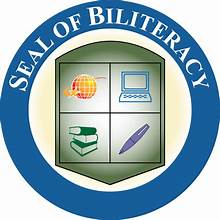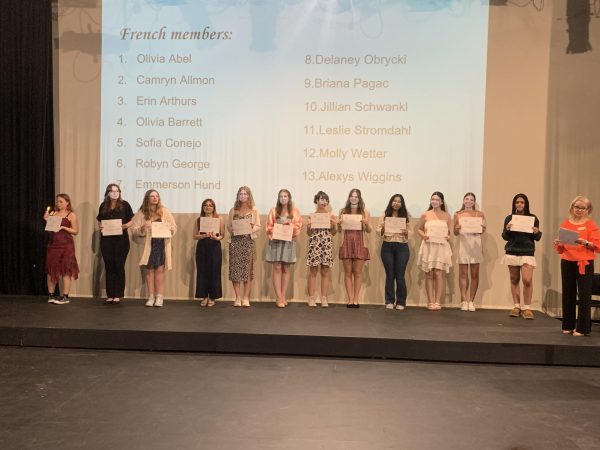New SAT becomes Illinois state test
As the school year begins, hundreds of public high schools statewide are making a shift in curriculum to increase students’ preparation for the new transition to the Scholastic Aptitude Test (SAT) this upcoming spring. Recently, the state of Illinois has decided to have 11th graders take this exam rather than the ACT; which has been used for more than 15 years throughout the state.
“The good news with the shift to the SAT is how it is already aligned to the curriculum that we already teach within both Grayslake schools. The vocabulary and the different subjects that students will be exposed to during the exam are the same things that kids have exposure to within their classes throughout the day,” said director of curriculum Tracey Landry.
According to the College Board, Illinois students will benefit more with this change since there are a plethora of opportunities on how to academically prepare for the exam. Through Khan Academy and college application fee waivers, individuals are allowed to use links that lead to a free, personalized online test practice of the SAT.
“We also did some training for faculty last year and over the summer. We had a team of teachers review our curriculum with the SAT to try to make some changes before the school year started. There was a team of about ten teachers of different departments and off cross districts that worked on a summer curriculum project to help make sure that we are ready towards this transition,” said associate principal for curriculum and instruction Jeff Schagrin.
Though the SAT is not as popular within the state of Illinois, the parents of students are aware of the College Board’s Advanced Placement courses and exams, as well as the Practice Scholastic Aptitude Test (PSAT) which can qualify students for possible merit scholarships.
Teachers are giving students practice exercises in class to help guide them through the process for the new SAT.
“For my sophomores, we will be going over a lot of exercises like reading a passage, answering some questions, and analyzing how this pertains to what the author is conveying,” said English teacher Dustin Zubert.




